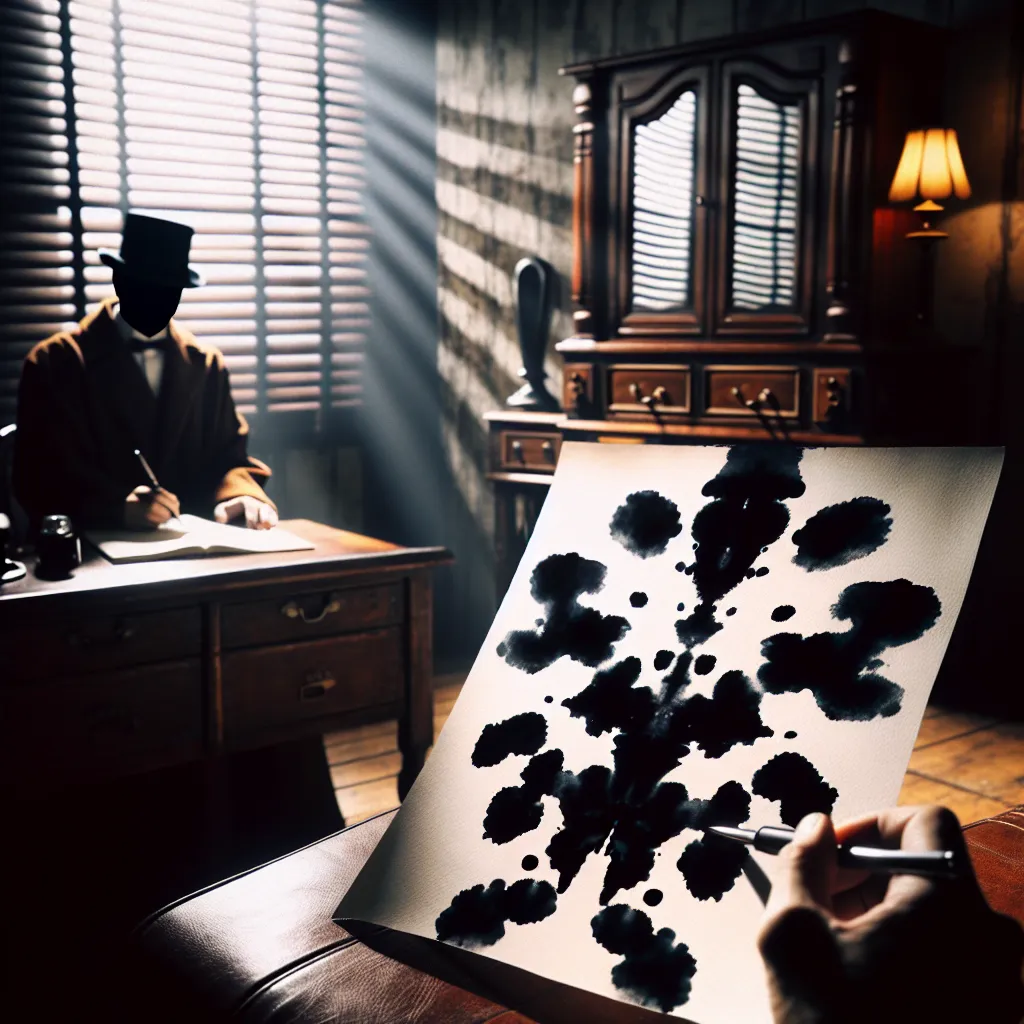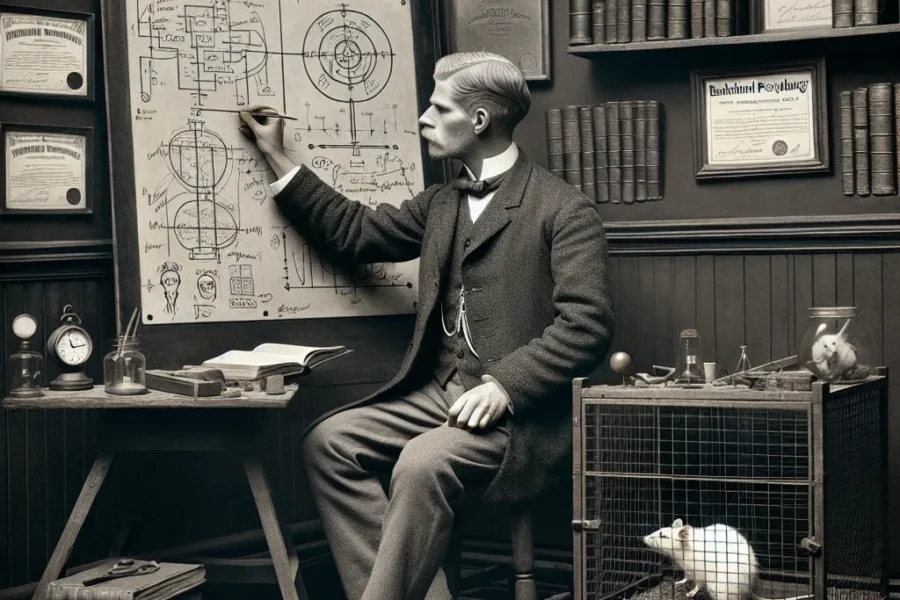Hermann Rorschach: Unveiling Personality Through Inkblots
Hermann Rorschach, a name synonymous with the profound exploration of the human psyche, remains an enduring figure in the field of psychology. His revolutionary work, which introduced the world to the Rorschach inkblot test, is considered one of the major milestones in personality assessment and diagnostic psychometrics. This Swiss psychiatrist’s intricate legacy is unwound through the multicolored veils of inkblots, providing a window into the human mind and its myriad of personalities.
Born on November 8, 1884, in Zurich, Switzerland, Rorschach was destined to leave an indelible mark on psychological science. From a young age, he displayed a fascination with art and aesthetics, interests that would later converge with his academic pursuits in the field of medicine. After obtaining a degree in medicine, Rorschach’s encounters with psychoanalysis and his work with patients suffering from mental illnesses led him to question how visual stimuli could provide insights into an individual’s personality.
The Rorschach inkblot test, also known as the Rorschach psychodiagnostic test, emerged from this confluence of art and psychology. Its premise is intriguingly simple yet psychologically complex: a subject is shown a series of standardized abstract inkblot designs and asked to describe what they see. The interpretations and responses provided by the individuals are then analyzed to reveal underlying thoughts, feelings, and personality traits.
Rorschach’s inkblots operate on the principle of projection; that is, individuals project their unconscious feelings, desires, and conflicts onto the ambiguous images. This projection allows the examiner to sift through the layers of conscious articulation and retrieve raw, unfiltered elements of the subject’s personality. As a diagnostic tool, these inkblots delve into diverse domains such as emotional functioning, thought processes, and even potential mental disorders.
The original inkblot card set designed by Hermann Rorschach consists of 10 cards, each featuring a unique, bilaterally symmetrical inkblot. The patterns, devoid of any intentional representation, serve as a blank canvas for the mind’s inner workings. The subject’s responses are analyzed based on several criteria, including the location of the focus in the inkblot, the determinants such as form, color, and movement attributed to the images, and the content categories of the response.
Rorschach’s analytical approach was meticulously detailed in his book “Psychodiagnostik,” published in 1921. The text laid the groundwork for interpreting the test results and is considered one of the cornerstones of modern personality assessment tools. Although Rorschach himself was unable to witness the full impact of his creation due to his premature death at the age of 37, his contributions continue to resonate within the mental health community.
Despite its widespread use and acclaim, the Rorschach test has faced its share of critiques and controversies. Its validity and reliability have been scrutinized, with detractors questioning the scientific rigor of interpreting subjective responses. Supporters, however, argue that when used by trained, experienced practitioners, the test can yield valuable insights and a nuanced understanding of the individual psyche.
Enhancements in scoring systems, such as the Exner system, have sought to standardize the analysis of the Rorschach test, bolstering its credibility and reinforcing its utility in clinical settings. The updated systems aim to provide a more structured approach to interpreting responses, focusing on consistent scoring criteria that reduce examiner subjectivity.
The legacy of Hermann Rorschach extends beyond the inkblots. His pioneering spirit epitomizes the intrinsic curiosity of psychology to comprehend the complex tapestry of human emotion and thought. The Rorschach inkblot test has permeated popular culture, often depicted in films, books, and art as a symbol of the enigmatic depths of personality.
Today, the test continues to be utilized in a variety of contexts—from clinical assessments to forensic evaluations, and even in organizational settings for personnel selection. Its applicability showcases the enduring nature of Rorschach’s initial vision, proving that over a century later, the desire to unravel the mysteries of the mind remains a compelling and universal endeavor.
In the sphere of psychological research, the Rorschach test has been a catalyst for numerous studies examining its efficacy and exploring its potential in relation to modern psychological theories. The digital age has opened new avenues for administering and scoring the test, while advances in neuroimaging and psychometrics offer promising directions for enhancing its interpretative framework.
Notwithstanding its contentious aspects, the Rorschach test serves as an emblematic reminder that understanding human personality is an intricate, often abstract pursuit. It challenges practitioners to look beyond the surface and delve into the subconscious narratives that shape behavior and identity.
In conclusion, Hermann Rorschach’s enduring contribution to psychology is encapsulated in the inkblots that carry his name. This test, born out of a unique fusion of artistic inclinations and scientific curiosity, continues to provoke intrigue and scholarly debate. Its ability to peel back layers of personality and reveal the sometimes-hidden facets of the human condition remains a testament to Rorschach’s ingenuity and the fascinating complexities of the psychological landscape.
From therapists’ offices to research laboratories, the Rorschach inkblot test stands as a potent tool in the ongoing quest to comprehend the enigma of the human psyche. It embodies the spirit of psychological exploration and affirmatively answers the call to understand ourselves and others more deeply. As new generations of psychologists take up the mantle, the inkblots are likely to evolve, but the original vision of Hermann Rorschach will forever be imprinted on the canvas of psychological assessment.



Leave a Comment